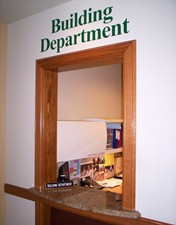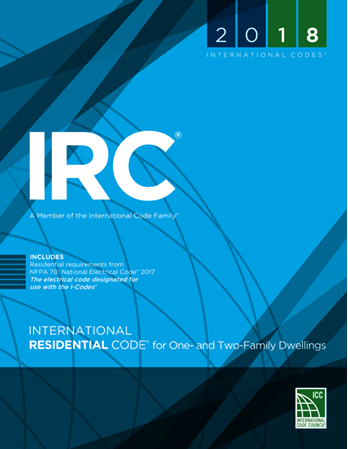For the most part, Building Department Plans Examiners are really good people. Most of them are just trying very hard to do a job which gets little or no appreciation.
 The primary responsibilities of plans examiners are to review building plans and specifications and double-check all calculations to ensure they comply with currently adopted codes. Once completed the examiner should determine the fees for a building permit, and then approve or deny building permit applications. Plans examiners will also need to inspect alterations to existing buildings and make sure any extensions or changes comply with the adopted codes. Your plans examiner will occasionally respond to questions from engineers, developers, property owners and architects regarding adopted codes.
The primary responsibilities of plans examiners are to review building plans and specifications and double-check all calculations to ensure they comply with currently adopted codes. Once completed the examiner should determine the fees for a building permit, and then approve or deny building permit applications. Plans examiners will also need to inspect alterations to existing buildings and make sure any extensions or changes comply with the adopted codes. Your plans examiner will occasionally respond to questions from engineers, developers, property owners and architects regarding adopted codes.
To become a plans examiner a person needs a combination of education and experience. Typical requirements are a high school diploma and at least six years of experience in building design, construction or inspection. Usually, they should hold an International Code Council certification as a building plans examiner or at least have the ability to obtain one.
Building construction is a complicated process, and the expectation any one person will know everything about everything, is unrealistic. On occasion, a plans examiner will reject a portion of the submitted plans, or calculations. If so, the plans examiner should be requested to provide (in writing) justification of the section of the building code which they believe has been violated, along with a justifiable technically substantive reason for the violation and the needed technical information to cure the violation.
These requirements keep plans examiners from making arbitrary and/or seemingly capricious rulings, and by requesting they follow the same, keeps the plan review above board and moving smoothly forward.
It also means homeowners fully complete required upgrades or changes to comply with codes. After all, this person is a servant of the public – protecting “life, fire and safety” for you, and those you love.









